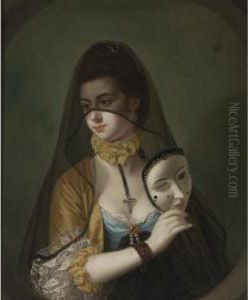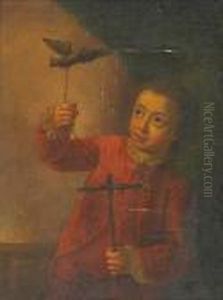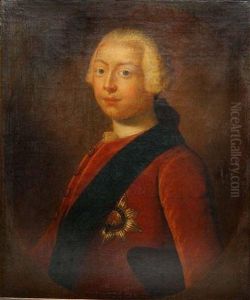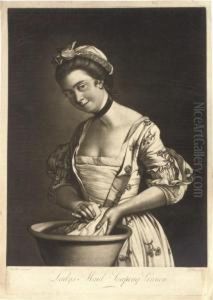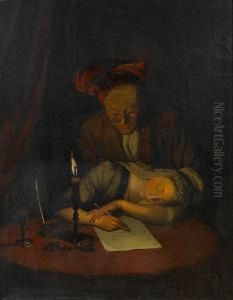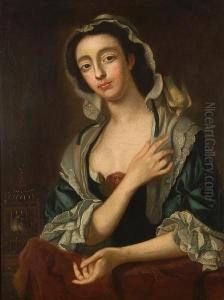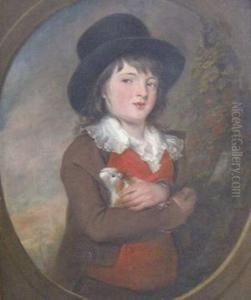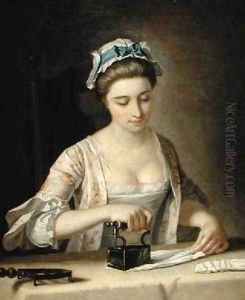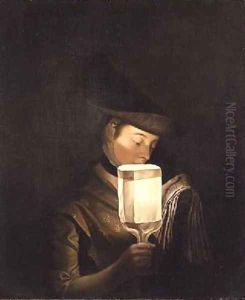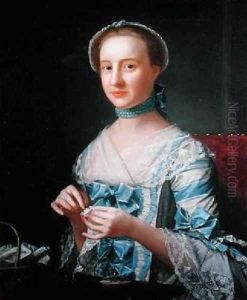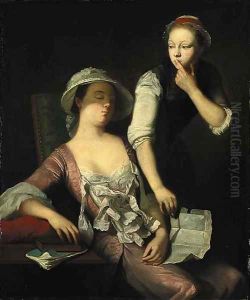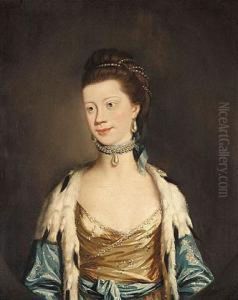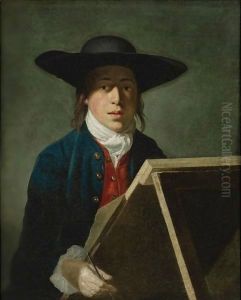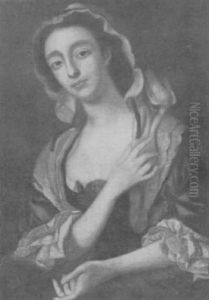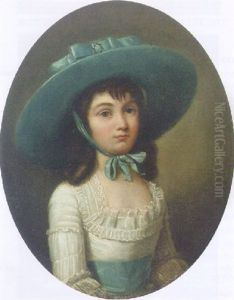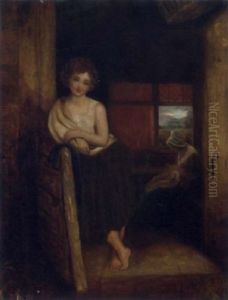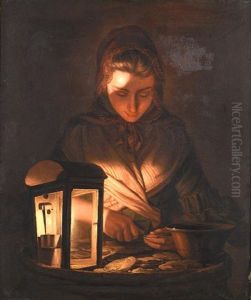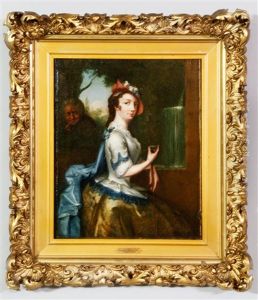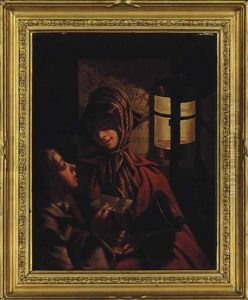Henry Robert Morland Paintings
Henry Robert Morland was an English painter, best known for his genre scenes and portraits. Born in 1716, Morland was the son of Henry Morland, and he followed in his father's footsteps by pursuing a career in art. He is often confused with his son, George Morland, who became a more famous artist than his father.
Henry Robert Morland began his artistic training under his father and later studied with the French painter Hubert-François Gravelot. This exposure to French artistic styles may have influenced his later work, which often incorporated a French elegance and attention to detail.
Morland's career flourished during the 18th century, a period that saw a rise in the popularity of genre paintings depicting scenes of everyday life. He became known for his depictions of English domestic scenes, often portraying the middle class in various indoor settings. His paintings were characterized by their vibrant colors, detailed interiors, and the portrayal of his subjects with a sense of individuality and character.
In addition to his genre scenes, Morland also created a number of portraits, showcasing his ability to capture the likeness and personality of his sitters. His portraits were notable for their expressive faces and the casual poses of his subjects, which contrasted with the more formal portrait style that was prevalent during his time.
Despite his success as an artist, Henry Robert Morland's work was eventually overshadowed by that of his son, George Morland, who became famous for his own genre paintings and landscapes. Nevertheless, Henry Robert Morland's contribution to British art is acknowledged by art historians, particularly for his role in the development of genre painting in England.
Henry Robert Morland passed away in 1797, leaving behind a legacy that would influence British genre painters in the years to come. His works can be found in various art collections and have been exhibited in numerous galleries, contributing to the understanding of 18th-century British art and culture.






